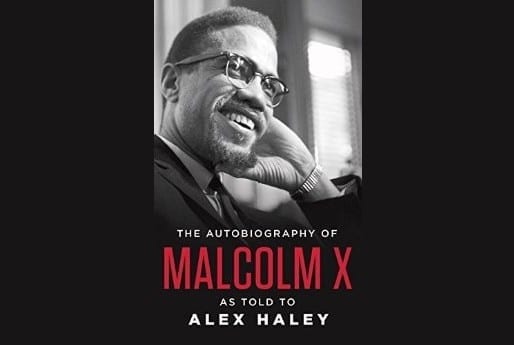“I’m for truth, no matter who tells it. I’m for justice, no matter who it’s for or against.” – Malcolm X
The 19th of May 2015 would have been the 90th birthday of Malcolm X, had he not been assassinated in 1965. Malcolm X has always been a historical figure that contributed massively to societal change, yet the people who are affected by these changes are unaware of what the man really believed in, and what he really lived for: equality and humanity for African-Americans. Unfortunately, a misconstrued image of this man of defiance has frequently been created and reinforced by various different media outlets, from the time he was alive to long after his death. He has been presented as a man who frankly believed in violence and militancy, but this is wrong; X believed in self-defense against the white brutality that was oppressing the people he loved. But his assassination in 1965 limited the full potential of a man who had already achieved so much.
However, before his death, he compiled years worth of interviews with writer Alex Haley for this book. X would never have seen the book in its final form as it was completed shortly after his death, but this book has become a classic of non-fiction, a stepping stone to gaining an insight into the mind of the great man himself. It has also become integral in understanding the attitudes and issues of the civil rights movement of the 1960s and has become a key tool for understanding racial tensions and issues that are still omnipresent in the society of today.
The book begins with a lengthy foreword from writer Haley, describing the process of making the book over the course of years. The foreword is key to understanding X’s character and gives a point of view that would not be achieved through the first person address used in the main book itself. After this has concluded (and at 80 pages, this may be the longest foreword I have ever read), the book begins with Malcolm describing his early life of a troubled childhood, from the murder of his father to the crushing of his dreams of becoming a lawyer. The reader can clearly see the remarkable achievements of X; this is a man who had everything pitted against him, and still achieved more than his critics ever did.
The narrative then goes on to document Malcolm’s life through his days of hustling in the criminal playground of the Harlem ghettos as he greatly describes his tales of burgling houses whilst under the effects of drugs, making for terrifically gripping reading. The setting of 30s and 40s America is incredibly vivid, and wouldn’t be too far out-of-place in a Fitzgerald novel. His life of a hustler eventually catches up on him and he finds himself at the hands of the law, but it is the chapters of his prison revival that are perhaps the most interesting for a reader who is looking for guidance on life. In these segments, X comes across the Nation of Islam and the teachings of Elijah Muhammad, and begins his transformation. Haley’s terrific writing has constructed the effect of Malcolm directly addressing the reader, and talking to them in a conversational type format. This makes the book incredibly readable.
After his release, his rise from a young member of the Nation of Islam to their most important minister is charted, and these chapters also provide interesting insights into the civil rights movement of the time and the Nation of Islam as a whole. The part of the book that I found most interesting was the chapter about Malcolm’s pilgrimage to the city of Mecca. Malcolm greatly describes every tiny detail from this journey, and the image of a lone man from the west experiencing the ancient Muslim traditions of the east is fantastic; but then again, so was Malcolm.
This book cements the legacy of a man who worked tirelessly to bring about a new era for African-Americans, and a new era for America as a whole. We, as a society, must ensure that Malcolm’s work is never forgotten.
Words by James Dudley
